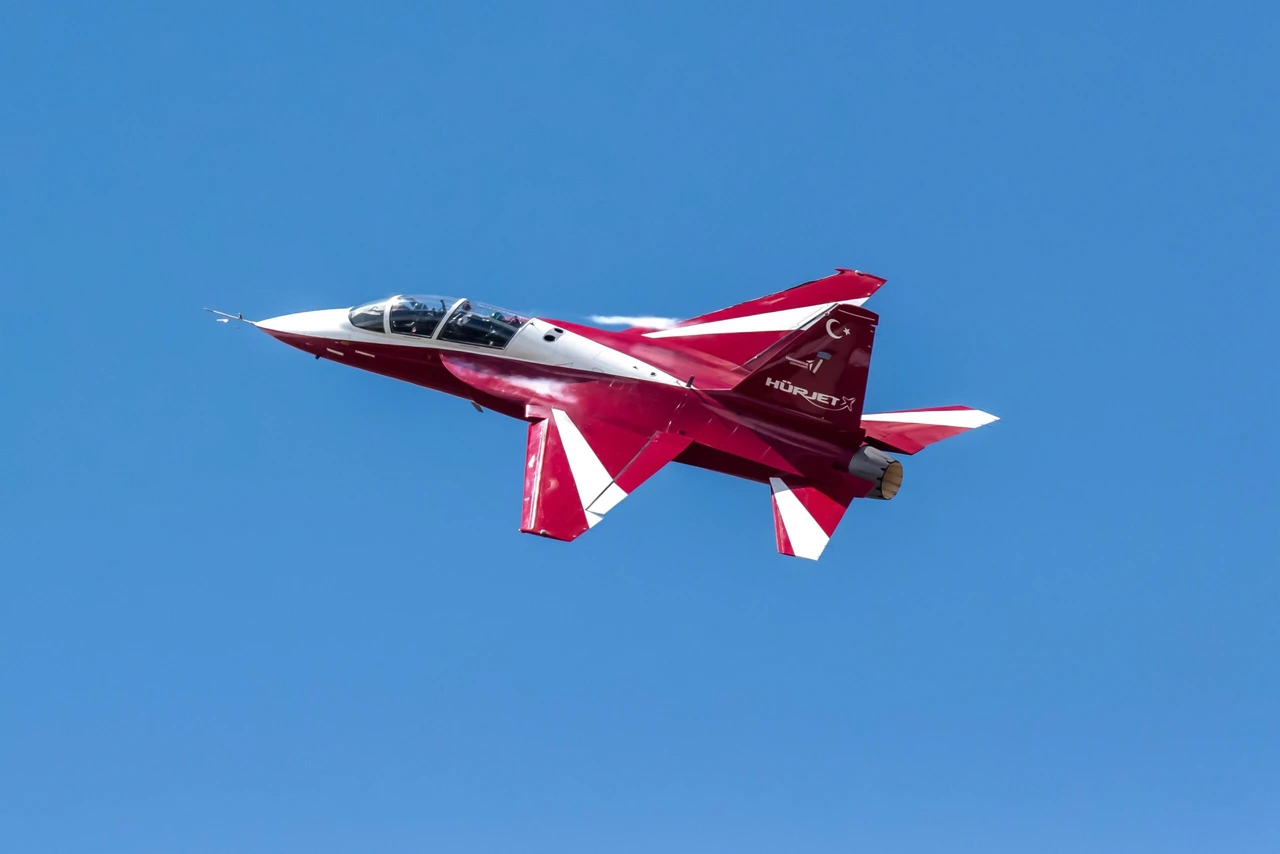US arms exports surge 17%, Russian market share halves
According to the latest data released by SIPRI on global arms trade, Ukraine has emerged as the largest European arms importer from 2019 to 2023
In a seismic shift in the global arms trade, European states nearly doubled their imports of major arms between 2014-18 and 2019-23, according to a report released today by the Stockholm International Peace Research Institute (SIPRI). The data reveals a staggering 94% increase in arms imports, sparking concerns over regional security dynamics.
US’ soaring dominance
The United States has emerged as the primary player, boosting its arms exports by 17% during the same period, increasing its share of global arms exports from 34% to a commanding 42%.
Mathew George, Director of the SIPRI Arms Transfers Programme, underscores the U.S.’s heightened global role, saying, “This comes at a time when the U.S.’s economic and geopolitical dominance is being challenged by emerging powers.”
France overtakes Russia
In a notable development, France has become the world’s second-largest arms exporter, witnessing a 47% surge in exports. Katarina Djokic, a researcher at SIPRI, points out, “France is using the opportunity of strong global demand to boost its arms industry through exports,” with combat aircraft deliveries to India, Qatar, and Egypt driving this growth.
Russia’s arms exports have nosedived by a staggering 53%, marking a historic decline. Once the second-largest exporter, Russia now finds itself in third place, just behind France. The country exported arms to only 12 states in 2023, compared to 31 in 2019.
The major surge in arms transfers occurred in Asia and Oceania, where the U.S., for the first time in 25 years, emerged as the largest supplier. India retained its position as the world’s top arms importer, with Russia still a dominant supplier despite a decline.
Europe’s reliance on US
The data from SIPRI on global arms trade reveals a notable trend in Europe’s arms imports, indicating an increasing dependence on the U.S. From 2019 to 2023, Europe accounted for 55% of its arms imports from the U.S., a significant rise from the 35% recorded in the period from 2014 to 2018. SIPRI Director Dan Smith notes, “More than half of arms imports by European states come from the USA.”
European Union officials also expressed a need to develop a defense industry in Europe with locally made arms, highlighting the dependence on the U.S., especially after the war in Ukraine.
Middle East dynamics
The Middle East, despite an overall drop in arms imports, remains a significant player, with Saudi Arabia, Qatar, and Egypt featuring among the top importers. The U.S. supplies the majority (52%) of arms to the region.
According to SIPRI’s arms production data, published in December 2023, four companies from Türkiye entered the Top 100 list: Aselsan, Turkish Aerospace, Baykar, and Roketsan.
Baykar’s arms sales recorded a 94% increase in comparison to 2022 data.
While arms imports in Africa fell by 52%, concerns over regional conflicts and tensions continue to drive high arms imports in the Middle East. The report also highlights a shift toward long-range missiles and notable developments in several regions.
In a complex geopolitical landscape, the SIPRI report underscores the evolving dynamics of the global arms trade, raising critical questions about security, alliances, and the impact on regional stability.
Source: Newsroom



